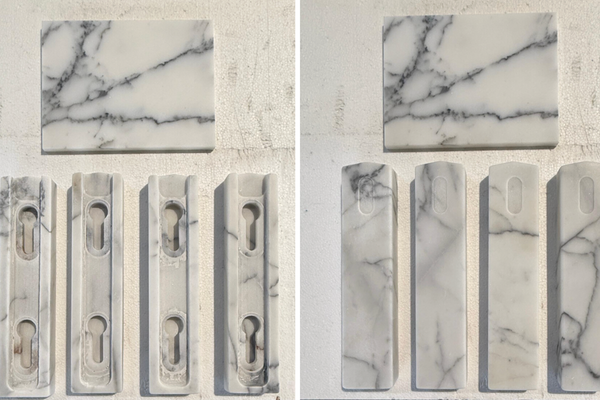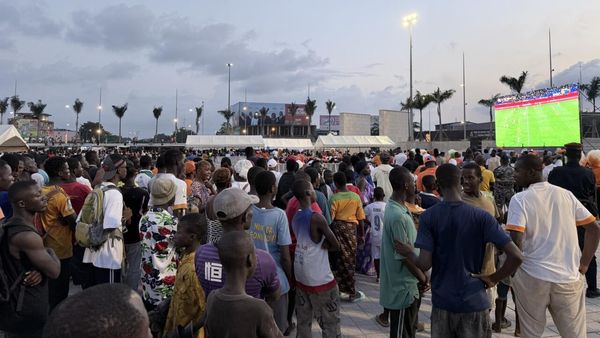
A Dentsu Aegis Network report released in January said India’s digital advertising industry is estimated to post a compound annual growth rate of 32% to reach Rs18,986 crore by 2020, led by affordable data and increased smartphone penetration. It added that the share of digital ad spending, which currently stands at Rs8,202 crore or 15% of total advertising expenditure, is expected to touch 24% by 2020. In India, spending on both television and print media is increasing, but digital is growing at a much faster clip.
That is probably why television viewership monitoring agency, Broadcast Audience Research Council (Barc) India, is leaving no stone unturned to launch its digital media measurement services. However, the services have been delayed a bit. Earlier slated to start at the end of 2017, they are now due for a launch later this year. Or so says Barc India chief executive Partho Dasgupta: “We are looking to begin rolling out our EKAM digital measurement products in phases in the second half of this year. Having established a robust TV currency, we are conscious of the expectations that the industry has of us.”
Dasgupta says that currently Barc is in the process of testing multiple technology pieces, and the methodologies and processes are getting aligned across different stakeholders.
He admits the agency is busy building consensus for these services. “In the digital domain, industry has so far been used to a particular ecosystem—which is marked by walled gardens, and divergence on methodology, standards, etc. This is true not just for India but also for several major global markets. To top that, India has so much diversity—there are many Indian players and some international ones too. In that context, I think we have been largely successful in building consensus on the larger goal, and the path to that goal,” adds Dasgupta.
Although several stakeholders privately admit that there has been delay in building consensus as the consequent transparency brought about by the new services may be worrying some firms, Dasgupta doesn’t agree. “In a joint industry body environment, transparency and inclusivity is in-built into the system. So I don’t think anyone is ‘worried’ by the prospect of greater transparency,” he says.
But the industry needs and deserves an independent third-party measurement, he says.
Uday Sodhi, head and executive vice-president (digital) at Sony Pictures Networks India, agrees. He says that although several agencies like comScore, Nielsen, App Annie and SimilarWeb provide third-party analytics, “the challenge in the industry is a credible and neutral cross-media measurement platform. Something that gives that ability to an advertiser to compare the effectiveness of his media spends not only with respect to TV but also across OTT (over-the-top video streaming) platforms”. With digital advertising growing at 32% a year, measurement systems will help accelerate the growth of this ecosystem.
Vineet Sodhani, chief executive of media audit firm Spatial Access, argues that currently there is no one tool that gives complete insights into the digital environment. Current tools, at best, are only indicative. “For instance, if you were to analyse behavioural segments on comScore, it will throw some number which will be very different from a YouTube/Facebook number. Currently, the measurement systems do not talk to each other and hence it becomes a matter of preference of which partner data do you value more,” he says. So far, it has not affected digital spending in India where its is relatively low compared to developed markets. “But as Indian marketers spend more, they will ask for credible third-party tools,” he adds.
Although Barc has been working on digital measurement for the last couple of years, it’s taking time to build consensus as it is a new platform being created for India. “It hardly has any comparable or similar executions across the world. We are not sure such a system exists even in larger digital video markets like the US and China. So, this could take time,” says Sony’s Sodhi.
But are there any specific issues that may be worrying stakeholders? “It is all about stakeholder management. However, it is not the big issues like ‘will money shift from TV to digital’, it is the details—things like viewability metrics and brand safety—that need consensus. Also, in addition to ad measurement, we have to launch content measurement simultaneously, which is complex,” says an advertising industry veteran working closely with Barc.
Of course, once the digital measurement services are launched, Barc’s Dasgupta is confident that accurate and transparent measurement will uncover more value for industry. “With EKAM, we will address issues of addressability and ad fraud, ensure consistency, comparability and enhanced ability to de-duplicate audiences across sites, platforms and devices. This will allow the digital industry to achieve better values for audience delivery and improve efficiency of ad spends across TV and digital,” he says.
Shuchi Bansal is Mint’s media, marketing and advertising editor. Ordinary Post will look at pressing issues related to all three. Or just fun stuff. Respond to this column at shuchi.b@livemint.com







